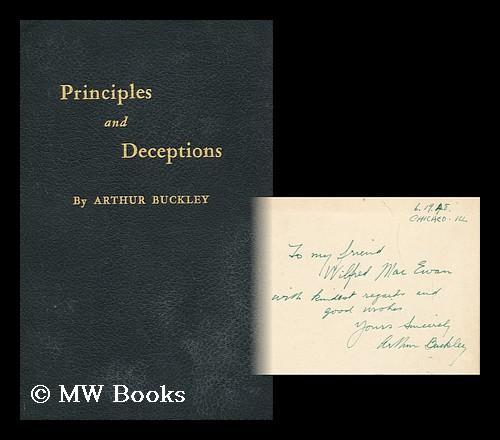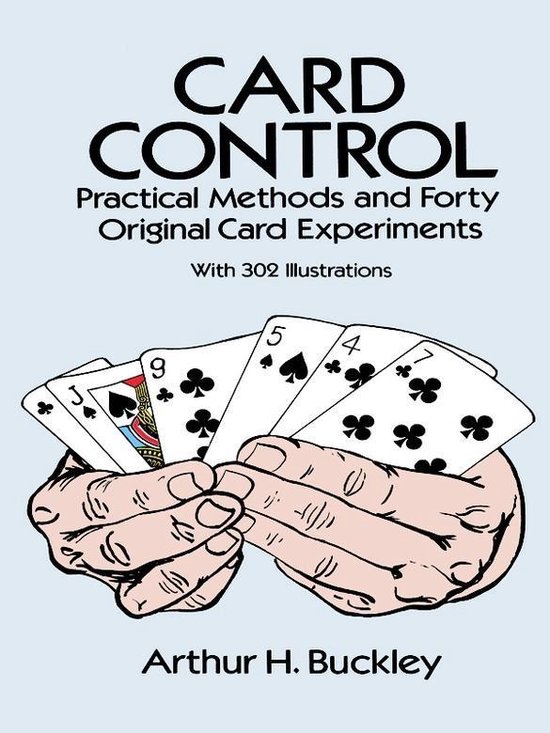Start studying experimental method - research methods. Learn vocabulary, terms, and more with flashcards, games, and other study tools. Dieser Artikel: Card Control: Practical Methods and Forty Original Card Experiments (Dover Magic Books) von Arthur H. Buckley Taschenbuch 9,95 € Nur noch 8 auf Lager (mehr ist unterwegs). Versandt und verkauft von Amazon.
Experiment 1: What is the probability of each outcome when a dime is tossed?

Outcomes: The outcomes of this experiment are head and tail.
Probabilities:
- Find many great new & used options and get the best deals for Dover Magic Bks.: Card Control: Practical Methods and Forty Original Card Experiments by Arthur H. Buckley (1993, Perfect, Reprint) at the best online prices at eBay! Free shipping for many products!
- Card Control Practical Methods and Forty Original Card Experiments. (Robinson's first forty years), through its thorough and forensic approach, presents a new Robinson - not the 'Black Robinson' of Rae-Ellis, James Bonwick, John West and James Erskine Calder, nor the 'White Robinson' of Mark Twain - but a 'Grey Robinson.
Disparate methods will lead to duplicated efforts, inconsistent solutions, wasted energy and inevitably – time and money. In this part, we will look at the two main methods of interpretation of data: with a qualitative and a quantitative analysis. Qualitative Data Interpretation. Qualitative data analysis can be summed up in one word.
| P(head) | = | 1 |
| 2 | ||
| P(tail) | = | 1 |
| 2 |
Definition: The sample space of an experiment is the set of all possible outcomes of that experiment.
The sample space of Experiment 1 is: {head, tail}
Experiment 2: A spinner has 4 equal sectors colored yellow, blue, green and red. What is the probability of landing on each color after spinning this spinner?
Sample Space: {yellow, blue, green, red}
Probabilities:
| P(yellow) | = | 1 |
| 4 | ||
| P(blue) | = | 1 |
| 4 | ||
| P(green) | = | 1 |
| 4 | ||
| P(red) | = | 1 |
| 4 |
Experiment 3: What is the probability of each outcome when a single 6-sided die is rolled?
Sample Space: {1, 2, 3, 4, 5, 6}
Probabilities:
| P(1) | = | 1 |
| 6 | ||
| P(2) | = | 1 |
| 6 | ||
| P(3) | = | 1 |
| 6 | ||
| P(4) | = | 1 |
| 6 | ||
| P(5) | = | 1 |
| 6 | ||
| P(6) | = | 1 |
| 6 |
Experiment 4: A glass jar contains 1 red, 3 green, 2 blue and 4 yellow marbles. If a single marble is chosen at random from the jar, what is the probability of each outcome?
Sample Space: {red, green, blue, yellow}
Probabilities:
Card Control Practical Methods And Forty Original Card Experiments Using
| P(red) | = | 1 | ||
| 10 | ||||
| P(green) | = | 3 | ||
| 10 | ||||
| P(blue) | = | 2 | = | 1 |
| 10 | 5 | |||
| P(yellow) | = | 4 | = | 2 |
| 10 | 5 |

Summary: The sample space of an experiment is the set of all possible outcomes for that experiment. You may have noticed that for each of the experiments above, the sum of the probabilities of each outcome is 1. This is no coincidence. The sum of the probabilities of the distinct outcomes within a sample space is 1.
The sample space for choosing a single card at random from a deck of 52 playing cards is shown below. There are 52 possible outcomes in this sample space.
The probability of each outcome of this experiment is:
| P(card) | = | 1 |
| 52 |
The sum of the probabilities of the distinct outcomes within this sample space is:
| 52 | = | 1 |
| 52 |
Exercises
Directions: Read each question below. Select your answer by clicking on its button. Feedback to your answer is provided in the RESULTS BOX. If you make a mistake, choose a different button.
| 1. | What is the sample space for choosing an odd number from 1 to 11 at random? |
Card Control Practical Methods And Forty Original Card Experiments Pdf

Card Control Practical Methods And Forty Original Card Experiments Used To
| 2. | What is the sample space for choosing a prime number less than 15 at random? |
| 3. | What is the sample space for choosing 1 jelly bean at random from a jar containing 5 red, 7 blue and 2 green jelly beans? |
| 4. | What is the sample space for choosing 1 letter at random from 5 vowels? |
Card Control Practical Methods And Forty Original Card Experiments Pdf
| 5. | What is the sample space for choosing 1 letter at random from the word DIVIDE? |
